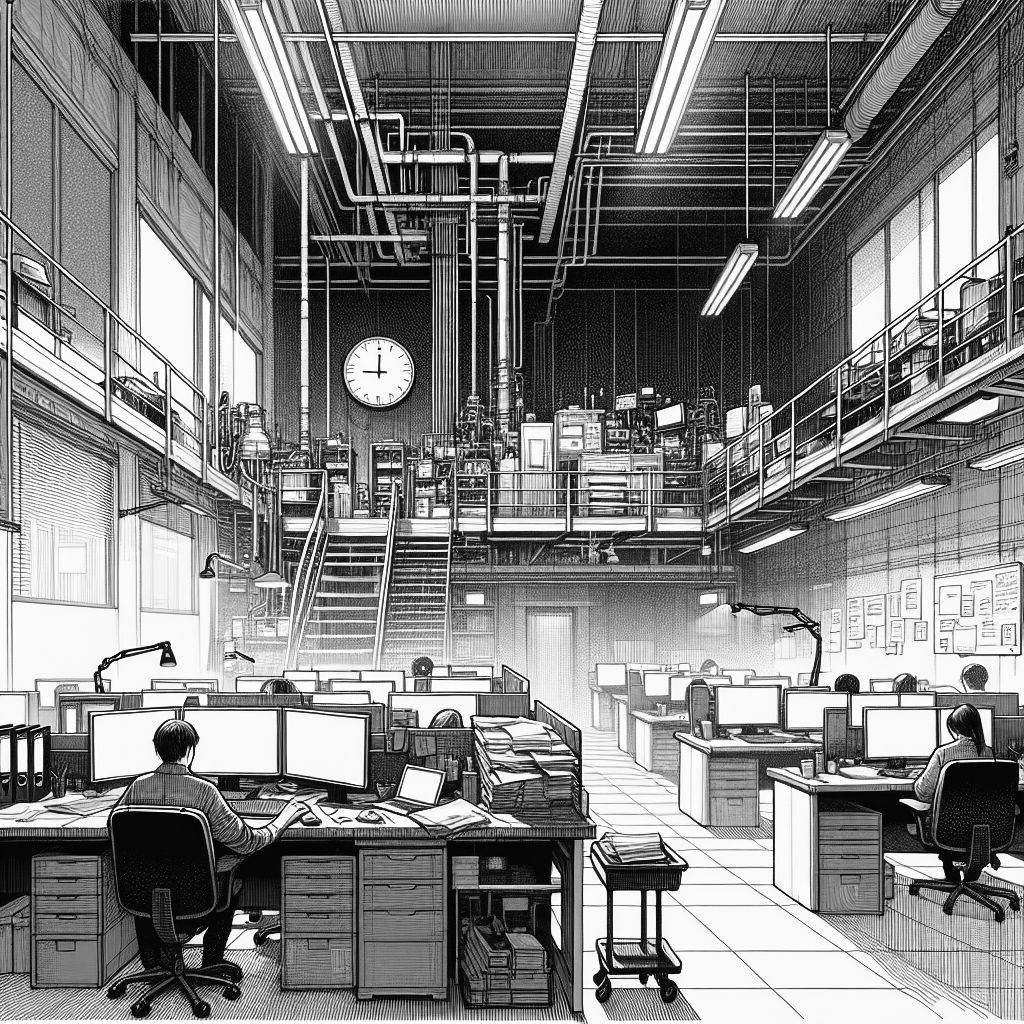SAN FRANCISCO / LONDON (IT BOLTWISE) – In the USA, more and more startups are relying on the controversial “996” working model to increase their competitiveness. This model, which comes from China, envisages a 72-hour working week and is particularly popular in the AI industry. But experts warn about the risks that come with such a workload.
Today’s daily deals at Amazon! ˗ˋˏ$ˎˊ˗
A remarkable trend is emerging in the United States that is causing a stir, particularly in the dynamic world of startups. More and more young companies are saying goodbye to the traditional 40-hour week and experimenting with the so-called “996” working model. This way of working, which has its origins in China, requires employees to work from 9 a.m. to 9 p.m., six days a week. This brings the working hours to a whopping 72 hours per week.
This model seems to be particularly popular in the artificial intelligence (AI) industry. Companies like Cognition AI in San Francisco even offer their employees living space directly in the office building to make long working hours easier. According to Scott Wu, the company’s CEO, the company cultivates a culture of extreme performance, but this is communicated transparently to avoid unpleasant surprises for new employees.
Proponents of the “996” model argue that it can increase international competitiveness and accelerate business growth. Younger employees in particular, who are inspired by the success stories of famous entrepreneurs such as Steve Jobs, could be motivated by financial incentives and bonuses to engage in this intensive way of working.
But the risks should not be underestimated. Burnouts are at an all-time high in the U.S., and many employers are realizing that the impact on operations is more serious than expected. A survey shows that 69 percent of employees surveyed rate their risk of burnout as medium to high. Overwork can cause employees to mentally distance themselves from their work, which can have negative consequences for the company.
Interestingly, the “996” model is officially illegal in China, although it continues to be used in practice, particularly in the tech sector. Chinese labor law requires a 40-hour week, with overtime limited and better paid. Despite the legal restrictions, the model is seen by some as a competitive advantage, which also attracts US investors.
However, Winter Peng, CEO of Silveroak Capital Academy, warns that the model could destroy the creativity that is crucial to innovation. Companies that pay attention to a good work-life balance could attract the best talent in the long term, while other companies risk losing their innovative strength.
*Order an Amazon credit card with no annual fee with a credit limit of 2,000 euros! a‿z
Bestseller No. 1 ᵃ⤻ᶻ “KI Gadgets”
Bestseller No. 2 ᵃ⤻ᶻ “KI Gadgets”
Bestseller No. 3 ᵃ⤻ᶻ “KI Gadgets”
Bestseller No. 4 ᵃ⤻ᶻ «KI Gadgets»
Bestseller No. 5 ᵃ⤻ᶻ “KI Gadgets”


Please send any additions and information to the editorial team by email to de-info[at]it-boltwise.de. Since we cannot rule out AI hallucinations, which rarely occur with AI-generated news and content, we ask you to contact us via email and inform us in the event of false statements or misinformation. Please don’t forget to include the article headline in the email: “US Startups Embrace ‘996’ Work Model to Accelerate Growth”.
The post US startups rely on “996” working model to accelerate growth appeared first on Veritas News.
